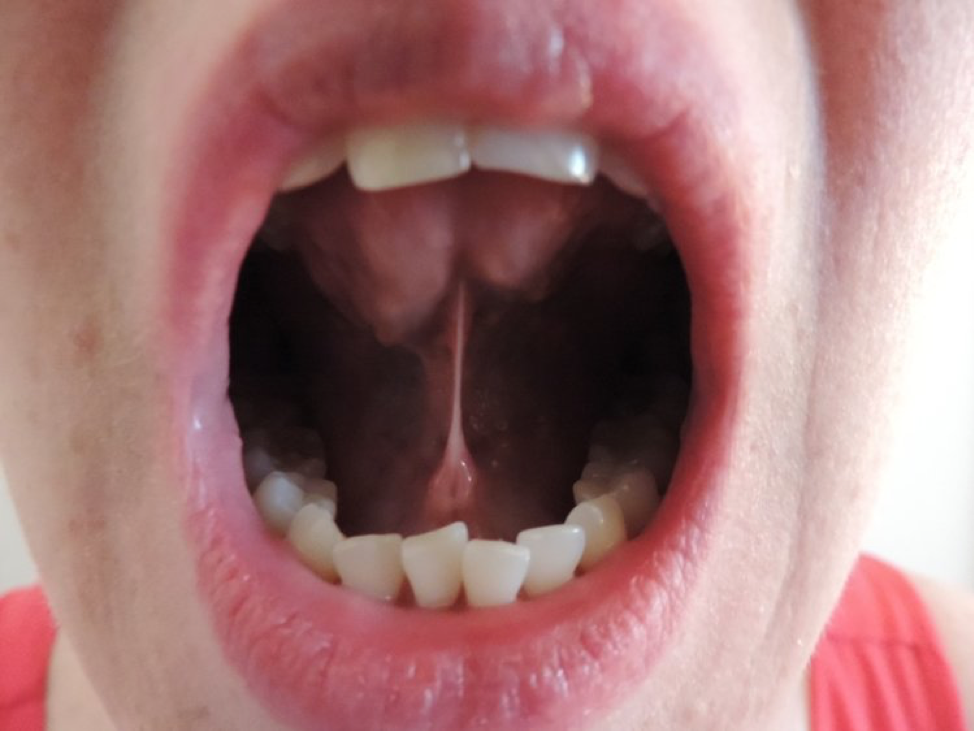Being “tongue-tied” is not just a saying. It is a medical condition formally known as Ankyloglossia.
So what does it mean to be tongue-tied? We all have a thin piece of tissue under our tongue (called a lingual frenulum) that anchors it to the floor of the mouth but which also allows our tongue to move with enough freedom for us to eat and speak. When a person has a tongue-tie, this tissue is either too short or too tight to allow for the full movement necessary to perform these essential functions of the tongue.
The tongue-tie may be first noticed when a baby is having trouble nursing. However, many tongue-ties are not caught during infancy. Issues then can continue for these children when they begin eating solid food and do not have the tongue mobility to move food onto the teeth for chewing. The tongue is also a key factor in how we pronounce many sounds, and with limited movement, a person with a tongue-tie may not be able to correctly pronounce some sounds.
Issues with feeding and speech are the most conspicuous consequences of a tongue-tie, but many of us have a tongue-tie and don’t know it. This can be the root cause of chronic everyday ailments including: TMJ dysfunction, headaches, sinus issues, shoulder tension, etc. because of the structural changes created by tongue-ties. You may be shocked to learn that your tongue affects everything from how you breathe when you sleep to your posture so if you have chronic back pain or sleep apnea, the root cause may be a tongue-tie!

